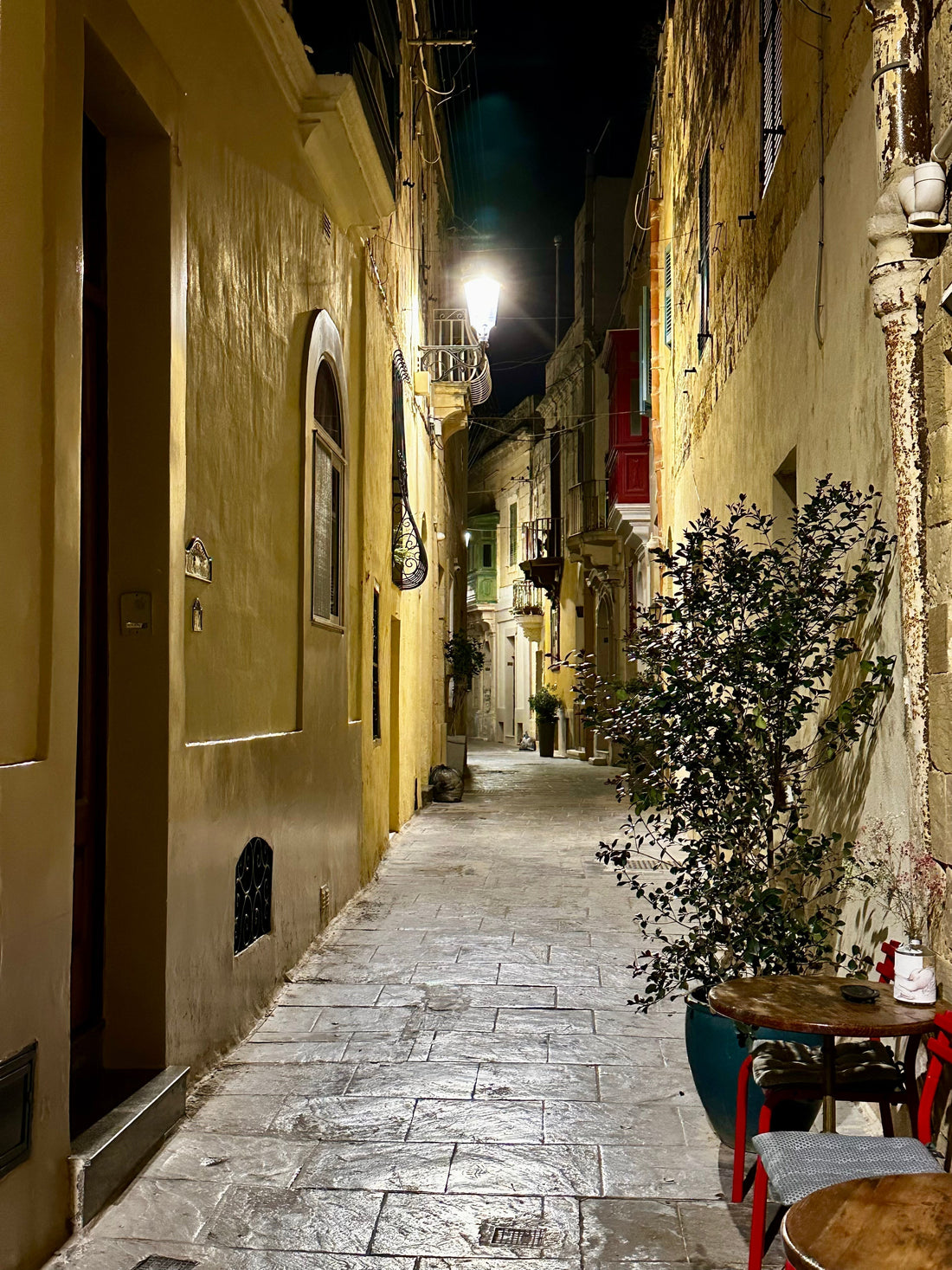
Malta: Small Island, Big Personality
Share
Since I just returned from Malta, it only feels right to make this my first blog post. Buckle up—you’re about to dive into a world of ancient history, jaw-dropping beauty, and fierce independence. Malta may be small, but don’t let its size fool you—it delivers an unforgettable experience.
What’s the Deal with Malta?
Let’s start with the basics. Malta is a tiny island nation smack dab in the middle of the Mediterranean, just south of Sicily. But despite its size, it’s packed with thousands of years of history. We're talking prehistoric temples older than the pyramids, Roman ruins, Moorish influence, and the legendary Knights of St. John who defended the island like something out of a real-life Game of Thrones (minus the dragons).
Fast-forward to more recent times, and Malta played a critical role in World War II, earning the entire island a collective George Cross for bravery. That’s not something you hear every day.

Ħaġar Qim Temples – some of the oldest freestanding structures in the world.
From Ancient Streets to Azure Seas
History aside, Malta is just downright beautiful. Cities like Valletta, Mdina, and Birgu are bursting with character—think golden stone buildings, winding alleys, colorful balconies, and a vibe that feels frozen in time (in the best way). Mdina, the "Silent City," feels like a movie set, and Valletta is a UNESCO World Heritage site that just happens to be the capital.

Then there’s the coast. Picture this: crystal-clear turquoise waters, hidden coves, and dramatic cliffs. Whether you’re basking on sandy beaches or enjoying seafood in a fishing village, it’s the kind of scenery that makes you question if your life back home even has color.
Malta’s Fierce Independence
Here’s where the story gets even cooler: for centuries, Malta was passed around between empires like a well-traveled suitcase—Phoenicians, Romans, Arabs, Normans, French, British… you name it. But in 1964, Malta finally said, “We’re doing things our way,” and gained independence from the British Empire.
Today, Malta is a proud member of the EU, has its own unique language (Maltese, which is a wild mix of Arabic and Italian with a dash of English), and a culture that’s all its own. It’s small but mighty, and you can feel that spirit everywhere you go.
Quick Travel Tips for Visiting Malta
- When to Go: Late spring (April–June) and early fall (September–October) offer great weather without the peak crowds.
- Getting Around: Public buses are affordable, but renting a car gives you more flexibility—just remember, they drive on the left!
- Where to Stay: Stay in Valletta for history, Sliema for modern vibes, or Gozo for something quiet and rural.
- Language: Both Maltese and English are official languages. You’ll be fine speaking English.
- Must Try: Sample pastizzi (savory pastries), rabbit stew, and local wines. Delicious and authentic.
Top 3 Sights Not to Miss
- Ħaġar Qim and Mnajdra Temples – Ancient ruins older than the pyramids, perched on a cliff with sea views.
- Mdina at Sunset – The Silent City glows golden as the sun sets. Don’t miss a walk along the walls.
- Marsaxlokk Fishing Village – Famous for its colorful boats and Sunday fish market, it’s perfect for a relaxed lunch by the sea.
Final Thoughts
Where else can you walk through 5,000 years of history in the morning, swim in turquoise waters in the afternoon, and sip local wine on a medieval rooftop by evening? Malta offers all of that and more. It's a destination that surprises you—in the best way.
So if Malta isn’t on your travel radar yet, it should be. Just don’t forget the sunscreen… and your sense of wonder.

